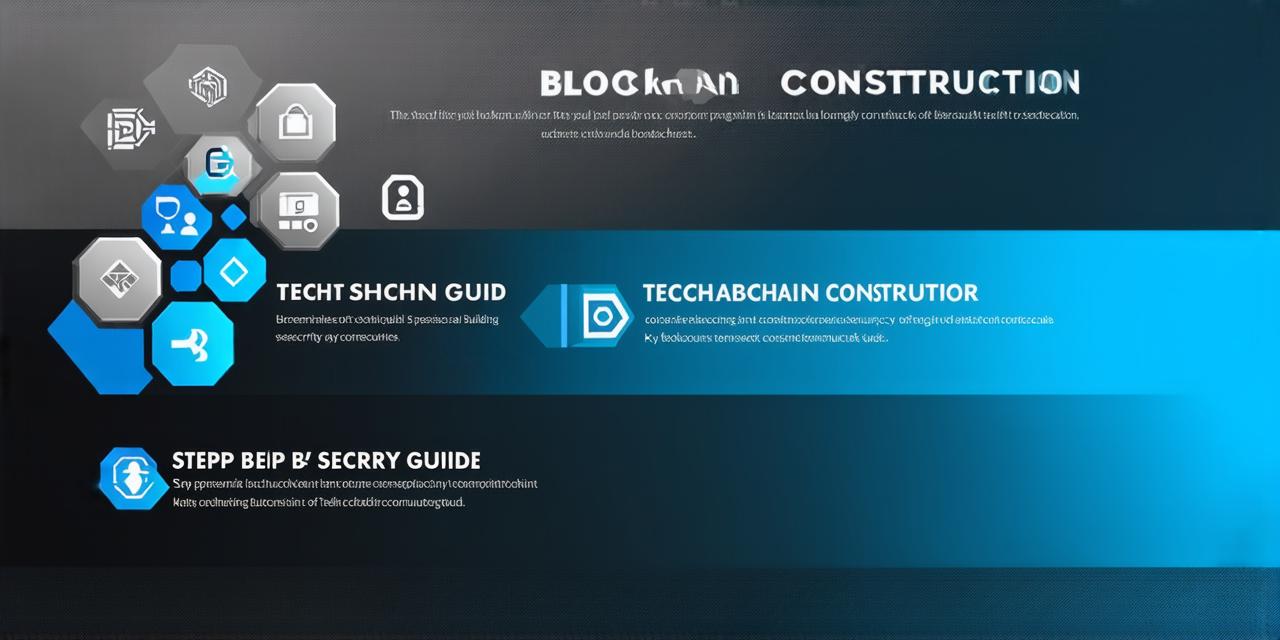How to Build a Blockchain: A Comprehensive Guide for Developers
Blockchain technology is revolutionizing the way we store and transfer data securely. With its decentralized and immutable nature, it has become an attractive solution for various industries, including finance, supply chain management, and healthcare. Building a blockchain can be a complex process that requires expertise in cryptography, distributed systems, and software development. In this comprehensive guide, we will walk you through the steps to build a blockchain from scratch, using real-life examples and case studies.
What is a Blockchain?
Before diving into the technicalities of building a blockchain, let’s first understand what it is. A blockchain is a distributed ledger technology that enables secure and transparent record keeping. It consists of a chain of blocks that contain information about transactions, which are verified and validated by a network of nodes. Once a block is added to the chain, it cannot be altered or deleted, ensuring the integrity and immutability of the data.
The Benefits of Building a Blockchain
Building a blockchain can provide numerous benefits, such as:
- Improved security: With its decentralized nature, a blockchain is less vulnerable to attacks than traditional centralized systems.
- Increased transparency: All transactions on a blockchain are publicly visible, providing greater accountability and reducing the risk of fraud.
- Enhanced efficiency: A blockchain eliminates the need for intermediaries, streamlining processes and reducing transaction times.
- Reduced costs: Building a blockchain can significantly reduce costs associated with traditional methods of data storage and transfer.
Steps to Build a Blockchain

Now that we have a basic understanding of what a blockchain is and its benefits let’s explore the steps to build one.
- Define the use case: The first step in building a blockchain is to define its use case. This involves identifying the problem that needs to be solved and determining how the blockchain can provide a solution. For example, a blockchain can be used to create a secure and transparent voting system or to track supply chain transactions.
- Choose the consensus algorithm: A consensus algorithm is a method by which nodes on a network agree on the state of the ledger. There are various consensus algorithms available, including proof-of-work (PoW), proof-of-stake (PoS), and delegated proof-of-stake (DPoS). The choice of consensus algorithm depends on the use case and the desired level of security and scalability.
- Design the blockchain architecture: The blockchain architecture defines the components and their interactions, including the nodes, the blocks, and the consensus mechanism. The architecture should be designed to meet the requirements of the use case, such as scalability, security, and performance.
- Implement the smart contracts: Smart contracts are self-executing programs that run on a blockchain. They can be used to automate complex processes and enforce rules. Smart contracts should be designed to meet the requirements of the use case and should be tested thoroughly before deployment.
- Test and deploy: Once the blockchain has been built, it should be thoroughly tested to ensure that it functions as intended. The testing process involves identifying potential vulnerabilities and addressing them before deployment. Deployment involves launching the blockchain and making it available to users.
Case Studies in Blockchain Development
Let’s explore some real-life examples of successful blockchain development projects.
- Ethereum: Ethereum is a popular blockchain platform that enables developers to build decentralized applications (dApps) on top of it. It uses the PoW consensus algorithm and has a robust ecosystem of tools and services for developers. Ethereum has been used for various use cases, including supply chain management, gaming, and digital identity verification.
- Hyperledger Fabric: Hyperledger Fabric is an enterprise-grade blockchain platform that enables secure and transparent record keeping for various industries, such as finance, healthcare, and supply chain management. It uses the PoP consensus algorithm and has a modular architecture that allows for customization to meet specific use cases.
